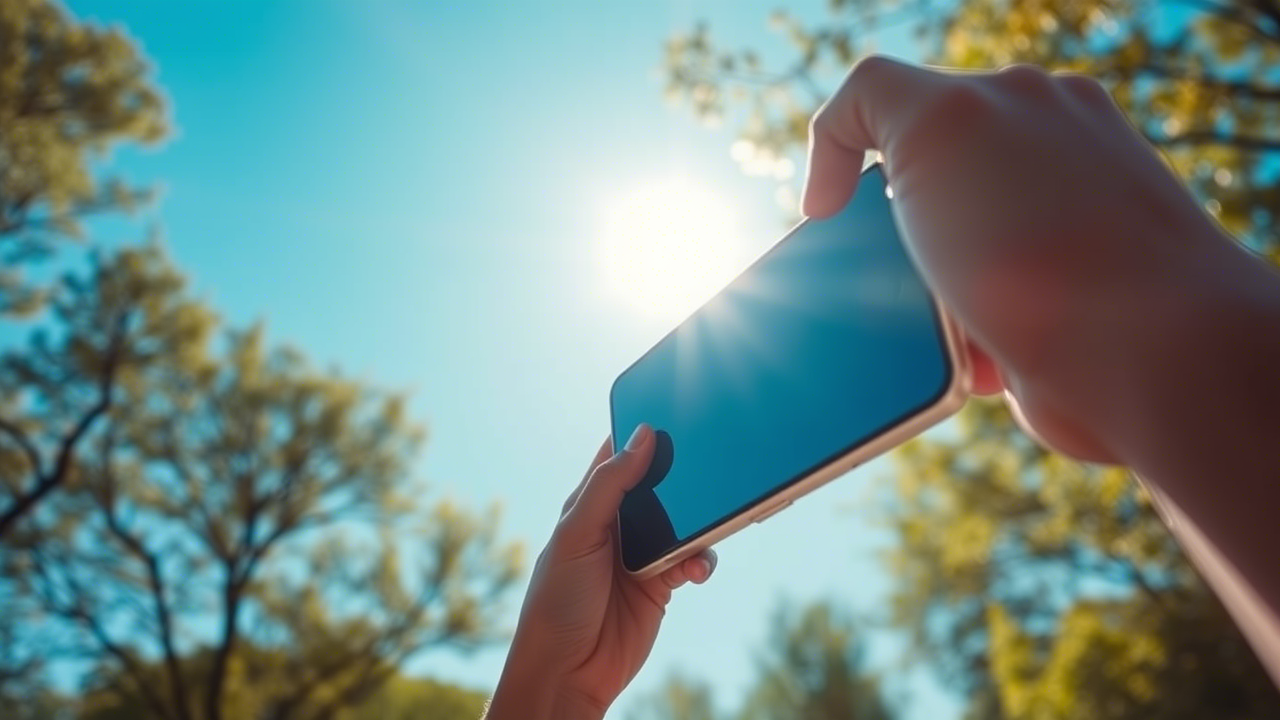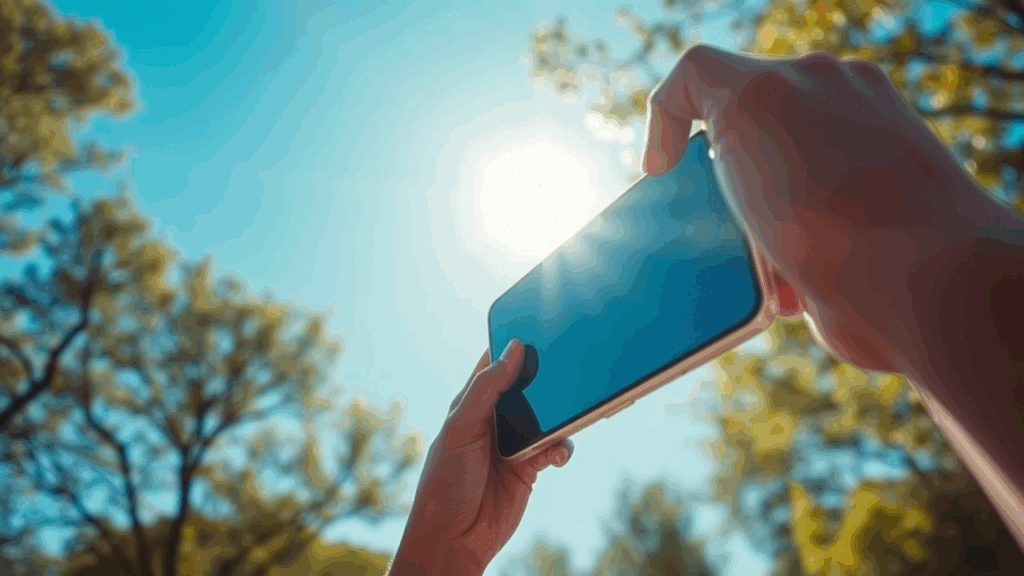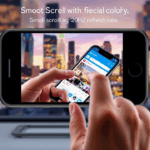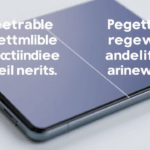Finding the Brightest Screen for Daylight Visibility
In our increasingly mobile world, the ability to use our devices outdoors has become essential. Whether you’re checking maps on a sunny hike, reading an e-book at the park, or responding to emails on a bright afternoon, screen visibility can make or break the experience. But not all screens are created equal—some struggle under direct sunlight, while others remain crisp and clear.
So, what makes a screen truly visible in daylight, and which devices deliver the best performance?

What Makes a Screen Daylight-Friendly?
Two key factors determine how well a screen performs in bright conditions:
- Peak Brightness – Measured in nits, brightness is the most critical factor. Most smartphones range between 600-1,200 nits, but premium models can exceed 2,000 nits, making them far more readable in sunlight.
- Anti-Reflective Coatings – Even a bright screen can be hard to see if it reflects too much light. High-end displays often use special coatings to minimize glare.
Top Contenders for Daylight Visibility
Smartphones
- iPhone 15 Pro Max (Up to 2,000 nits) – Apple’s Super Retina XDR display remains one of the best in direct sunlight.
- Samsung Galaxy S24 Ultra (Up to 2,600 nits) – Samsung’s Dynamic AMOLED 2X screen is exceptionally bright and vibrant.
- Google Pixel 8 Pro (Up to 2,400 nits) – Google’s flagship offers excellent outdoor visibility with smooth adaptive brightness.
Tablets
- iPad Pro (M2/M4) – With a high refresh rate and excellent brightness, it’s a strong choice for outdoor use.
- Samsung Galaxy Tab S9 Ultra – Another bright AMOLED option for those who prefer Android.
Laptops
- MacBook Pro (Mini-LED) – Apple’s Liquid Retina XDR display reaches up to 1,600 nits, great for outdoor work.
- Dell XPS 16 (OLED) – Bright, vivid, and with minimal glare, making it a solid Windows alternative.
Tips for Better Daylight Visibility
Even if your device isn’t the brightest on the market, you can improve visibility:
- Increase brightness manually (auto-brightness isn’t always optimal).
- Use a matte screen protector to reduce reflections.
- Enable dark mode for better contrast in sunlight.
Final Thoughts
The brightest screens combine high peak brightness with smart anti-glare technology, ensuring clarity even in harsh sunlight. If outdoor visibility is a priority, investing in a device with a high-nit display will make a noticeable difference. Whether you’re team iPhone, Galaxy, or Pixel, there’s never been a better time for sun-friendly screens.


